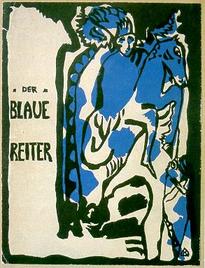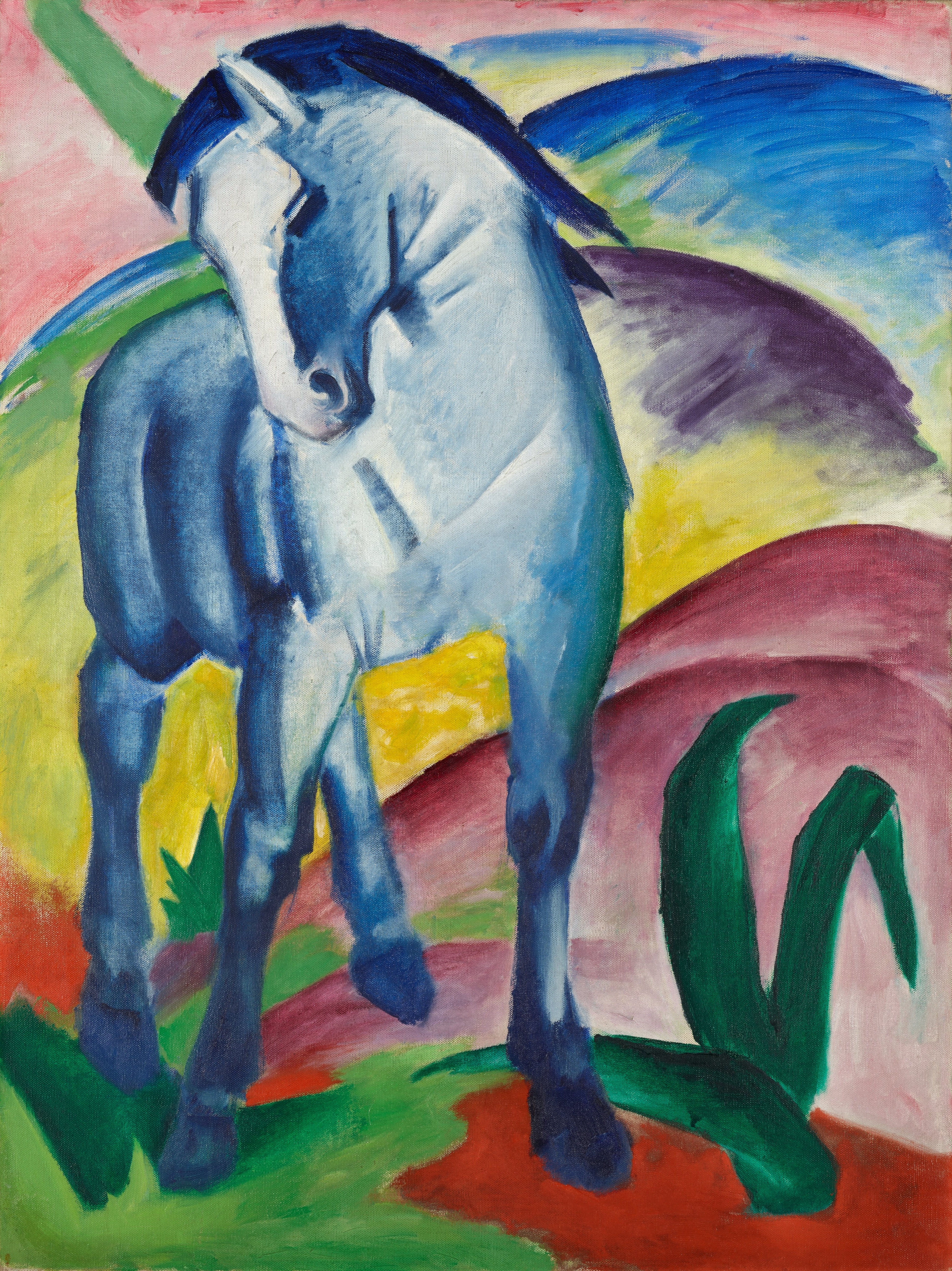|
Sindelsdorf
Sindelsdorf is a municipality in the Weilheim-Schongau district, in Bavaria, Germany. People who have worked on the ground * Heinrich Campendonk (1889-1957), German-Dutch painter of the Blaue Reiter, in Sindelsdorf from 1911 to 1916 * Franz Marc Franz Moritz Wilhelm Marc (8 February 1880 – 4 March 1916) was a German painter and printmaker, one of the key figures of German Expressionism. He was a founding member of ''Der Blaue Reiter'' (The Blue Rider), a journal whose name later b ... (1880-1916), German expressionist painter of the Blaue Reiter See also * Fichtsee References Weilheim-Schongau {{WeilheimSchongau-geo-stub ... [...More Info...] [...Related Items...] OR: [Wikipedia] [Google] [Baidu] |
Fichtsee
Fichtsee is a lake in Sindelbach, Sindelsdorf, Landkreis Weilheim-Schongau, Bavaria, Germany Germany,, officially the Federal Republic of Germany, is a country in Central Europe. It is the second most populous country in Europe after Russia, and the most populous member state of the European Union. Germany is situated betwe .... At an elevation of , its surface area is . Lakes of Bavaria {{WeilheimSchongau-geo-stub ... [...More Info...] [...Related Items...] OR: [Wikipedia] [Google] [Baidu] |
Weilheim-Schongau
Weilheim-Schongau is a ''Landkreis'' (district) in the south of Bavaria, Germany. Neighboring districts are (from the north clockwise) Landsberg, Starnberg, Bad Tölz-Wolfratshausen, Garmisch-Partenkirchen and Ostallgäu. Geography The district is located in the northern foothills of the Alps. The main rivers of the district are the Lech and the Ammer. The ''Ammersee'' and the ''Starnberger See'' are at the northern boundary of the district. History The district was formed in 1972 by merging the former districts Weilheim and Schongau, and one municipality from the former district Marktoberdorf. Coat of arms The coat of arms combines the symbols of the two precursor districts. The lion in top as the symbol of the Hohenstaufen The Hohenstaufen dynasty (, , ), also known as the Staufer, was a noble family of unclear origin that rose to rule the Duchy of Swabia from 1079, and to royal rule in the Holy Roman Empire during the Middle Ages from 1138 until 1254. The dynast ... ... [...More Info...] [...Related Items...] OR: [Wikipedia] [Google] [Baidu] |
Bayerisches Landesamt Für Statistik
The statistical offices of the German states ( German: ''Statistische Landesämter'') carry out the task of collecting official statistics in Germany together and in cooperation with the Federal Statistical Office. The implementation of statistics according to Article 83 of the constitution is executed at state level. The federal government A federation (also known as a federal state) is a political entity characterized by a union of partially self-governing provinces, states, or other regions under a central federal government (federalism). In a federation, the self-governin ... has, under Article 73 (1) 11. of the constitution, the exclusive legislation for the "statistics for federal purposes." There are 14 statistical offices for the 16 states: See also * Federal Statistical Office of Germany References {{Reflist Germany Statistical offices Germany ... [...More Info...] [...Related Items...] OR: [Wikipedia] [Google] [Baidu] |
Municipalities Of Germany
MunicipalitiesCountry Compendium. A companion to the English Style Guide European Commission, May 2021, pages 58–59. (german: Gemeinden, singular ) are the lowest level of official territorial division in . This can be the second, third, fourth or fifth level of territorial division, depending on the status of the municipality and the '' Land'' (federal state) it is part of. The city-states Berlin and Hamburg are second-l ... [...More Info...] [...Related Items...] OR: [Wikipedia] [Google] [Baidu] |
Bavaria
Bavaria ( ; ), officially the Free State of Bavaria (german: Freistaat Bayern, link=no ), is a state in the south-east of Germany. With an area of , Bavaria is the largest German state by land area, comprising roughly a fifth of the total land area of Germany. With over 13 million inhabitants, it is second in population only to North Rhine-Westphalia, but due to its large size its population density is below the German average. Bavaria's main cities are Munich (its capital and largest city and also the third largest city in Germany), Nuremberg, and Augsburg. The history of Bavaria includes its earliest settlement by Iron Age Celtic tribes, followed by the conquests of the Roman Empire in the 1st century BC, when the territory was incorporated into the provinces of Raetia and Noricum. It became the Duchy of Bavaria (a stem duchy) in the 6th century AD following the collapse of the Western Roman Empire. It was later incorporated into the Holy Roman Empire, ... [...More Info...] [...Related Items...] OR: [Wikipedia] [Google] [Baidu] |
Germany
Germany, officially the Federal Republic of Germany (FRG),, is a country in Central Europe. It is the most populous member state of the European Union. Germany lies between the Baltic and North Sea to the north and the Alps to the south. Its 16 constituent states have a total population of over 84 million in an area of . It borders Denmark to the north, Poland and Czechia to the east, Austria and Switzerland to the south, and France, Luxembourg, Belgium, and the Netherlands to the west. The nation's capital and most populous city is Berlin and its main financial centre is Frankfurt; the largest urban area is the Ruhr. Settlement in what is now Germany began in the Lower Paleolithic, with various tribes inhabiting it from the Neolithic onward, chiefly the Celts. Various Germanic tribes have inhabited the northern parts of modern Germany since classical antiquity. A region named Germania was documented before AD 100. In 962, the Kingdom of Germany formed the ... [...More Info...] [...Related Items...] OR: [Wikipedia] [Google] [Baidu] |
Heinrich Campendonk
Heinrich Mathias Ernst Campendonk (3 November 1889 – 9 May 1957) was a painter and graphic designer born in Germany who became a naturalized Dutch citizen. Life Campendonk was born in Krefeld, North Rhine-Westphalia, Germany. He was the son of a textile merchant, and served a textile apprenticeship until 1905. From 1905 to 1909, he received artistic education from Johan Thorn Prikker at the Handwerker- und Kunstgewerbeschule, a progressive school for arts and crafts. He became friends with , August Macke, Wilhelm Wieger, Franz Marc and Paul Klee during this time. He was a member of the Der Blaue Reiter group from 1911 to 1912. When the Nazi regime came to power in 1933, he was among the many modernists condemned as degenerate artists, and prohibited from exhibiting. He moved to the Netherlands, where he spent the rest of his life working at the Rijksakademie in Amsterdam, first teaching Decorative Art, printmaking and stained-glass, then as the Academy Director. He di ... [...More Info...] [...Related Items...] OR: [Wikipedia] [Google] [Baidu] |
Blaue Reiter
''Der Blaue Reiter'' (The Blue Rider) is a designation by Wassily Kandinsky and Franz Marc for their exhibition and publication activities, in which both artists acted as sole editors in the almanac of the same name, first published in mid-May 1912. The editorial team organized two exhibitions in Munich in 1911 and 1912 to demonstrate their art-theoretical ideas based on the works of art exhibited. Travelling exhibitions in German and other European cities followed. The Blue Rider disbanded at the start of World War I in 1914. The artists associated with ''Der Blaue Reiter'' were important pioneers of modern art of the 20th century; they formed a loose network of relationships, but not an art group in the narrower sense like ''Die Brücke'' (The Bridge) in Dresden. The work of the affiliated artists is assigned to German Expressionism. History The forerunner of The Blue Rider was the Neue Künstlervereinigung München (N.K.V.M; New Artists' Association Munich), instigated b ... [...More Info...] [...Related Items...] OR: [Wikipedia] [Google] [Baidu] |
Franz Marc
Franz Moritz Wilhelm Marc (8 February 1880 – 4 March 1916) was a German painter and printmaker, one of the key figures of German Expressionism. He was a founding member of '' Der Blaue Reiter'' (The Blue Rider), a journal whose name later became synonymous with the circle of artists collaborating in it. His mature works mostly depict animals, and are known for bright colouration. He was drafted to serve in the German Army at the beginning of World War I, and died two years later at the Battle of Verdun. In the 1930s, the Nazis named him a degenerate artist as part of their suppression of modern art. However, most of his work survived World War II, securing his legacy. His work is now exhibited in many eminent galleries and museums. When up for auction, his major paintings attract large sums, with a record of £42,654,500 for ''Die Füchse'' (''The Foxes''). Early life Franz Marc was born in 1880 in Munich, the then capital of the Kingdom of Bavaria. His father, Wilhelm ... [...More Info...] [...Related Items...] OR: [Wikipedia] [Google] [Baidu] |



